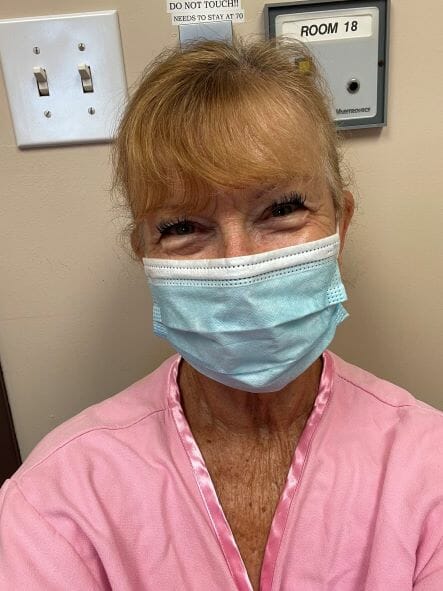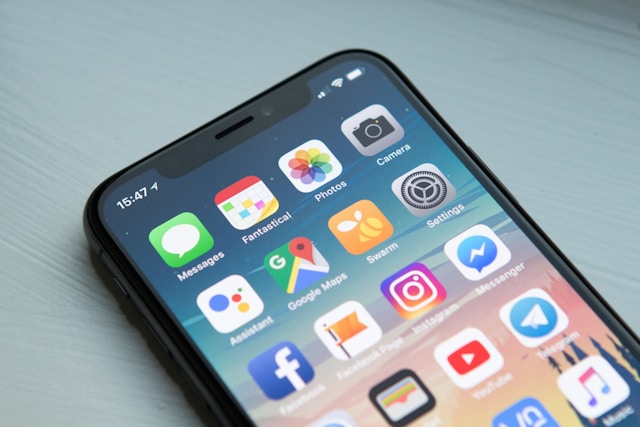
Katie Couric recently went on national news announcing that she was diagnosed with breast cancer on June 21, 2022 and underwent surgery in July and began a 15-day course of radiation in September.
I was diagnosed with Stage “0” 14 years ago and also had a lumpectomy and local radiation.
We BOTH have dense breast tissue which makes it difficult to detect abnormalities with mammogram and we need extra screening.
About 45 percent of women aged 40 to 74 have dense breasts, do you?
I just had my annual mammogram this week and needed an extra ultrasound due to my dense breast tissue.
What Katie Couric's Diagnosis Teaches Us About Breast Cancer
- Mammography and ultrasound are lifesaving tools. Ultrasound is generally not a screening test, but a supplemental test. If you see anything you’re concerned about, ultrasound — which uses sound waves — can see what is going on in that location
- The pandemic has stopped many women from getting their annual mammogram. Katie was 6 months past due on her mammogram and recommends booking your annual test a year in advance.
- Dense breast tissue cannot be felt by a woman. Only a radiologist looking at a mammogram can tell if a woman has dense breasts. Dense breasts are sometimes called mammographically dense breasts.
- Breast density is often inherited, but other factors can influence it. Factors associated with higher breast density include using menopausal hormone treatment and having a low body mass index. Factors associated with lower breast density include increasing age and having children.
- Dense breasts can make a mammogram more difficult to interpret. As a result, mammography is less sensitive in women with dense breasts—that is, it is more likely to miss cancer. Women with dense breasts may be called back for follow-up testing more often than women with fatty breasts.
In most states, mammography providers are required to inform women if they have dense breasts.




























